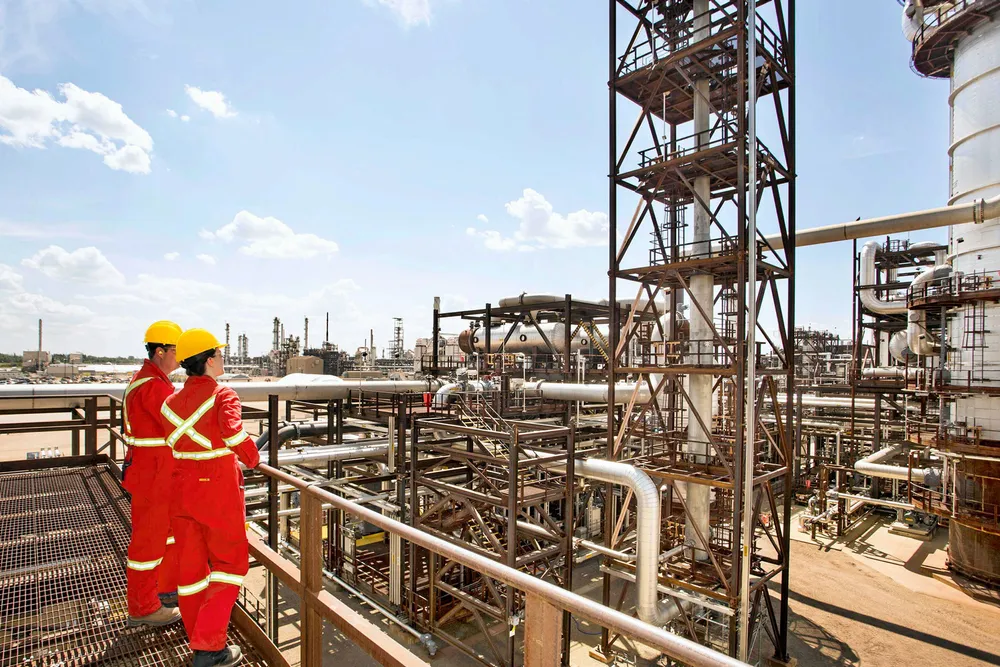Irena warns blue hydrogen investments could end up as stranded assets
There will be downsides to producing hydrogen from natural gas with CCS, not least because green hydrogen is likely to soon be cheaper, says Irena report

There will be downsides to producing hydrogen from natural gas with CCS, not least because green hydrogen is likely to soon be cheaper, says Irena report
